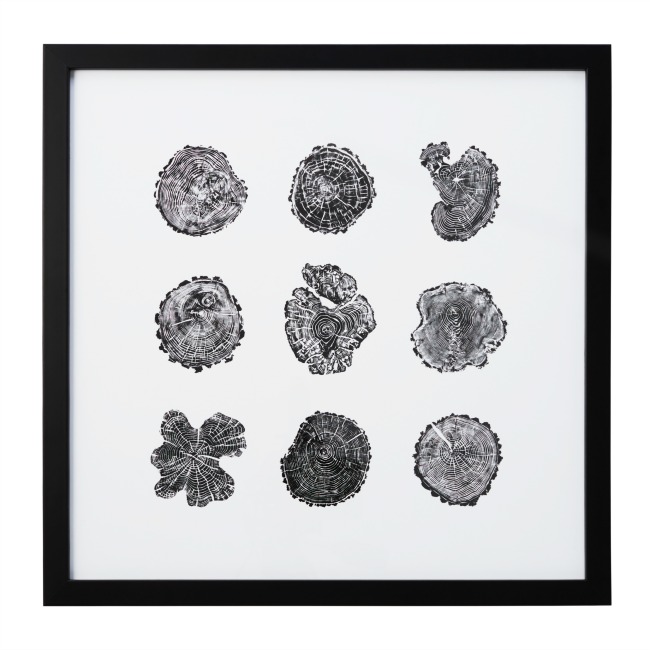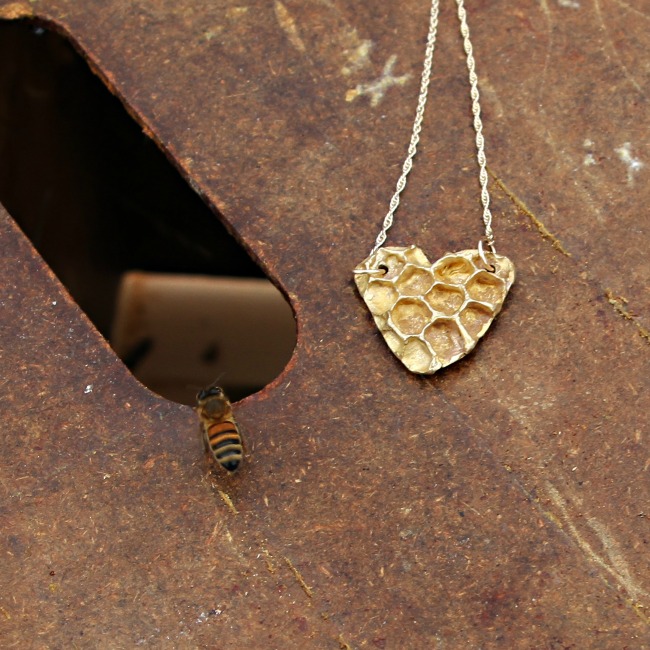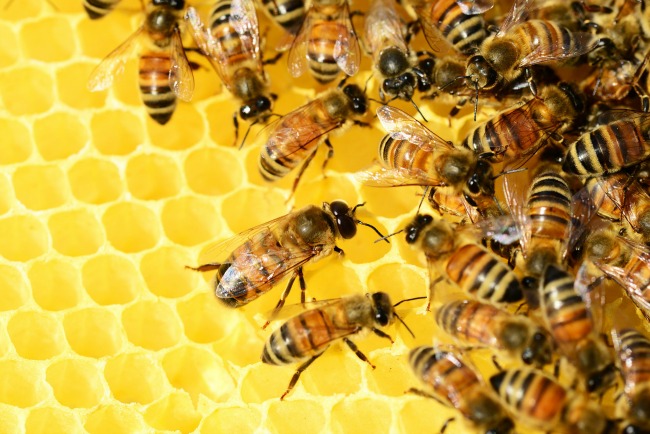Every Mac keyboard sports a propeller-like symbol on the command keys that flank the space bar [⌘], and you might wonder what inspired it. An age-old international symbol for “command?” An overhead diagram of an interstate cloverleaf? No, it hails from a time that Steve Jobs decided they had too many apples. In 1983, Apple computers already had a special key to invoke menu commands. Aptly called the “apple key,” it sported a little apple icon and the same cute fruit appeared next to drop-down menu items with a keyboard command. But when software with extensive menus (like MacDraw) started to look like an over-abundant orchard, Jobs wasn’t happy. According to Apple lore, Jobs complained of too many apples on the screen, exclaiming “we’re taking the Apple logo in vain!” Tasked with finding a crisp, quick alternative, bitmap designer Susan Kare had to find a small, simple icon to stand for “command.” Flipping through her international symbol dictionary for inspiration, she found a flower-like icon used in Scandinavian wayfinding to indicate a nearby historic or cultural attraction. The original icon may have been inspired by St. Hanne’s cross, a Celtic knot-like symbol associated with John the Baptist (sometimes called a shield knot). Over 30 years later, Kare’s cross is still synonymous with “command” for Mac users. Now, if we could just get rid of that spinning rainbow beach ball of doom…
Keyboard Waffle Iron | $85









